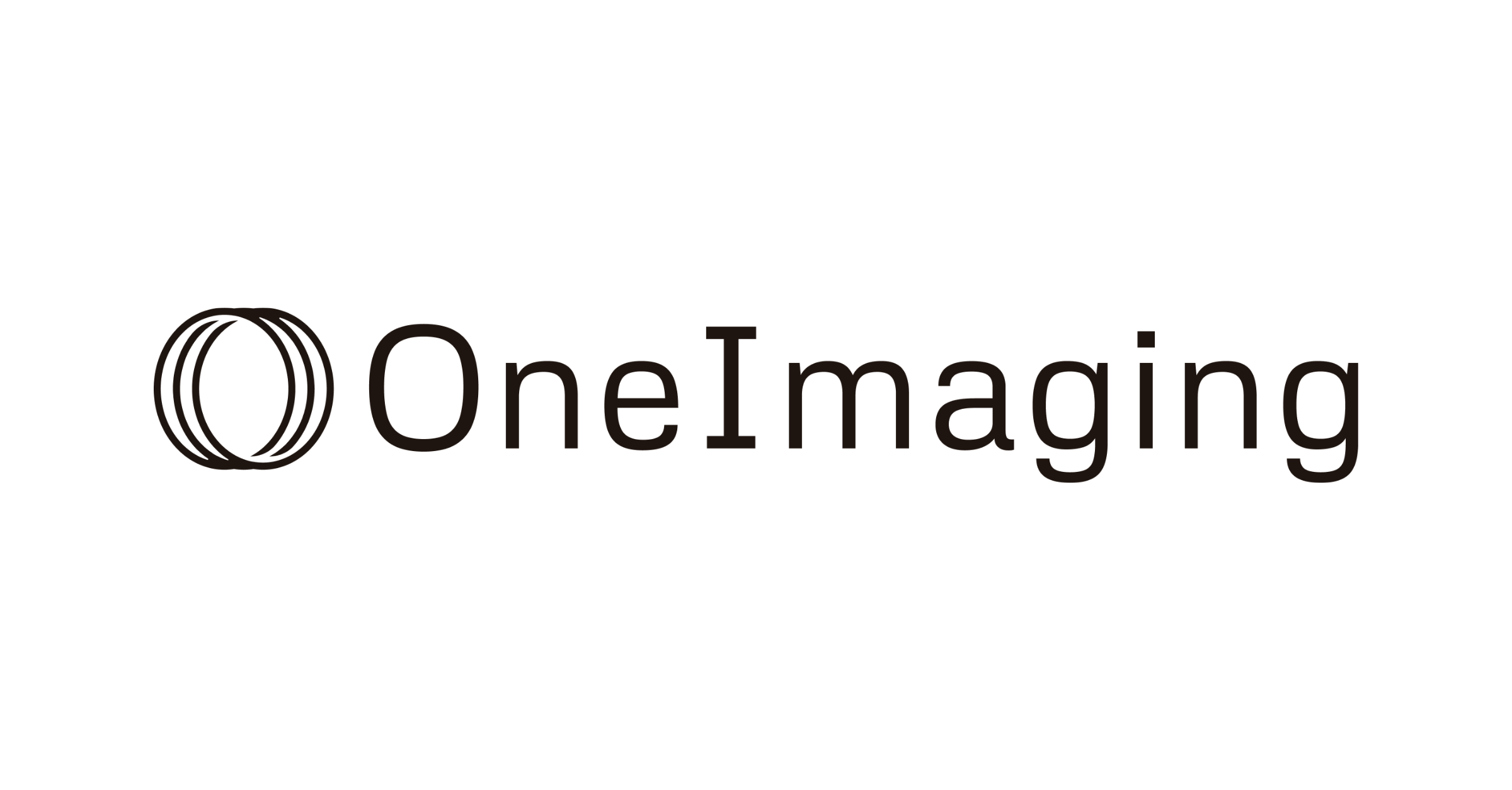Lead Architect
Radiology is the second most used healthcare service, used by over 51% of the workforce annually. Despite the critical role of radiology in healthcare, the process for undergoing a medical imaging exam has remained unchanged for decades. OneImaging is solving this with a concierge approach and a premium-quality radiology network of over 4,000 vetted providers across 48 states, which also reduces imaging costs by 60-80%. Our solution helps patients and families access essential radiology services at fair prices and without surprise bills, all while delivering immediate savings and ROI for employers and payers on every exam.
We are seeking an experienced Lead Architect focusing on healthcare integrations, architecting the platform layer connecting provider networks, care navigator operations, and clinical workflows. This is a senior IC-first role where functions include writing production level code, building services, and owning critical systems while also setting architectural direction and mentoring other engineers.
The Lead Architect will drive architecture decisions across services that interface with new and existing Postgres db’s, guide adoption of healthcare data standards such as FHIR/HL7 and DICOM, and ensure the platform can withstand the demands of healthcare at scale. This position emphasizes direct contribution, coding, system design, and problem-solving as the primary mode of leadership.
What you'll do:
- Architect and implement backend services that interface with Postgres and Databricks to support business verticals, ensuring scale, reliability, and maintainability. Write production-grade code and lead by example.
- Design and oversee data adapters to integrate with external imaging facilities, payers, and TPAs, adhering to health data standards (FHIR/HL7, DICOM)
- Conduct rigorous code reviews, set coding standards, and foster engineering best practices to ensure high-quality, secure, and compliant codebases.
- Design systems for reliability and graceful degradation as we scale from thousands to millions of orders. Extend considerations of fault-tolerance, error reporting, and load and stress testing to existing and new services. Establish recovery strategies and observability standards.
- Write clear engineering documentation that outlines architecture choices, technical milestones, and steps required to achieve epic/feature/service goals.
- Mentor backend and full-stack engineers, sharing tools and approaches to improve problem-solving. While mentorship is expected, the majority of your time will be spent coding and architecting systems.
- Partner with Product to translate business goals into efficient, value-driven technical solutions. Ensure tradeoffs are explicit and that the solution is optimized for the problem, pushing back on instances of incorrect scoping of a solution as needed providing the relevant evidence.
- Collaborate with DevOps to embed CI/CD, observability, security, and cost-transparency into every service.
About you:
- B.S./M.S. in Computer Science, Engineering, or related field, or equivalent industry experience.
- 8+ years of backend engineering experience with production level software development and architectural responsibilities.
- Strong expertise in Python, TypeScript/Node.js, PostgreSQL.
- Proven ability to design fault-tolerant, high-availability distributed systems and contribute hands-on in codebases.
- Hands-on experience with healthcare data standards (FHIR, HL7, DICOM) and compliance frameworks (HIPAA, SOC-II).
- Demonstrated ability to mentor engineers without direct management responsibilities.
- Excellent communication skills with the ability to influence both technical and non-technical stakeholders.
- Familiarity with cloud infrastructure (AWS preferred: S3, Fargate, App Runner, Route 53).
- Experience with CI/CD pipelines, observability platforms, and cost optimization.
- Experience with data pipelines and integrations with our Databricks layer (file ingestion, and BI integration), or equivalent large-scale data platforms.
- Familiarity with DICOM operations, processing, and interfacing with PACS systems
- Background in healthtech, insurance tech, or other regulated industries.
- Exposure to multi-agent systems (e.g., LLMs, OCR) to streamline workflows.
The base salary range for this position is $140,000 - $200,000. Individual compensation will depend on various factors, including qualifications, skills, experience, location, and applicable laws. In addition to base salary, this role is eligible to participate in our equity incentive and competitive benefits plans.
Fraud and Security Notice:
Please be aware of recent job scam attempts. Our team uses the oneimaging.com email domain exclusively. If you have been contacted by someone claiming to be a OneImaging recruiter or a hiring manager from a different domain about a potential job, please report it to law enforcement here and to candidateprotection@oneimaging.com.
Equal Employment Opportunity:
OneImaging is proud to be an Equal Employment Opportunity employer and values diversity in the workplace. We do not discriminate based upon race, religion, color, national origin, sex (including pregnancy, childbirth, reproductive health decisions, or related medical conditions), sexual orientation, gender identity, gender expression, age, status as a protected veteran, status as an individual with a disability, genetic information, political views, or other applicable legally protected characteristics.
OneImaging is committed to providing accommodations for qualified individuals with disabilities in our recruiting process. If you need assistance or an accommodation due to a disability, you may contact us at talent@oneimaging.com.
Apply for this job
*
indicates a required field
.png?1759886419)
